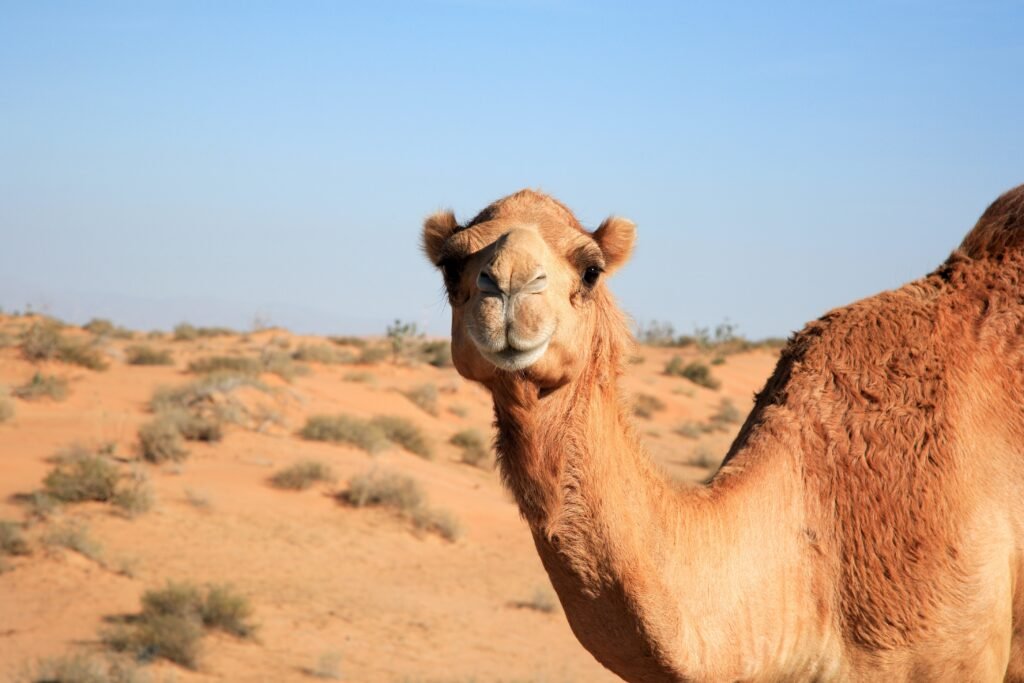We’ve used it for thousands of years to keep warm, protect us from infection, and look dashing in clothing. Wool has been the third most common textile after cotton and synthetic fibers for years. Yet, why has humanity relied so much on this magnificent fabric for so many years? Well, it’s simple: Wool is about as versatile and a true renaissance fabric as it gets.
It’s extremely durable and versatile, while retaining elasticity very efficiently.
Though like everything, not all wool was created equal, as wool comes from many different animals such as sheep, goats, rabbits, even camels. This variety of sources leads to a variety of characteristics. Here are some of the most famous and most important types of wool.
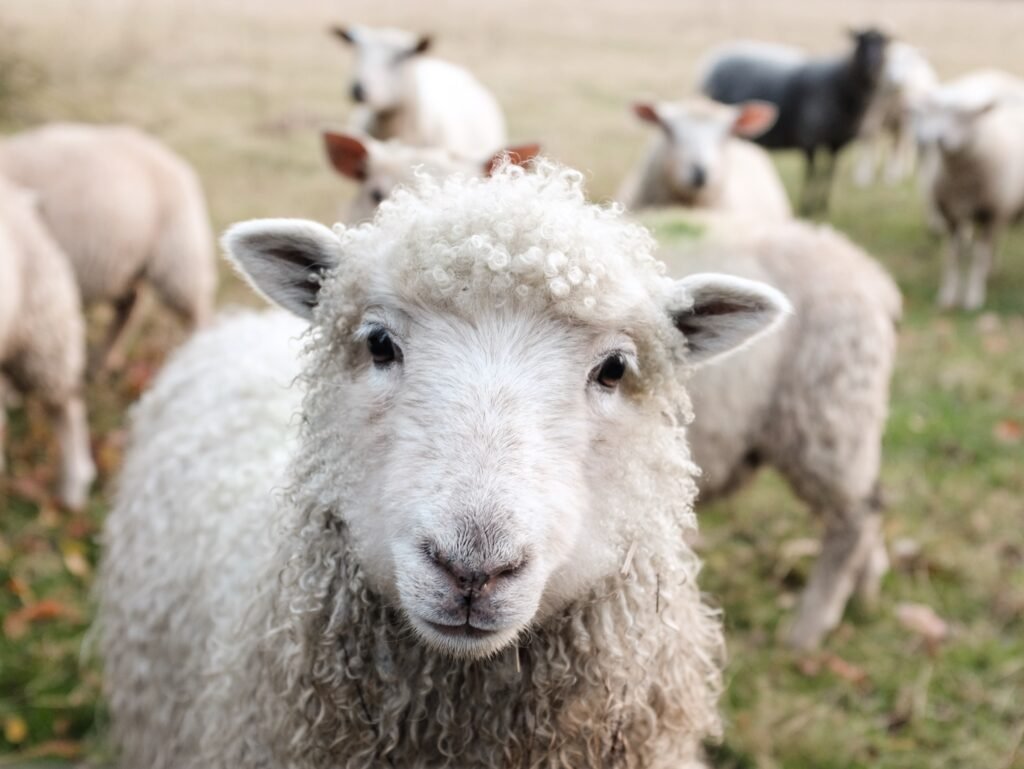
Lambswool
Guessing from the name, lambswool obviously comes from…you guessed it, lambs! Or baby sheep more accurately.Wool coming from sheep under seven months old, it’s naturally remarkably soft and smooth. The first shearing of the lamb produces the highest quality, and every yield is different. It has hypoallergenic qualities, and sometimes it’s referred to as “Virgin wool”. While some sheep produce more resilient wool for carpets and the like, the softer wool is reserved for primarily for clothes.
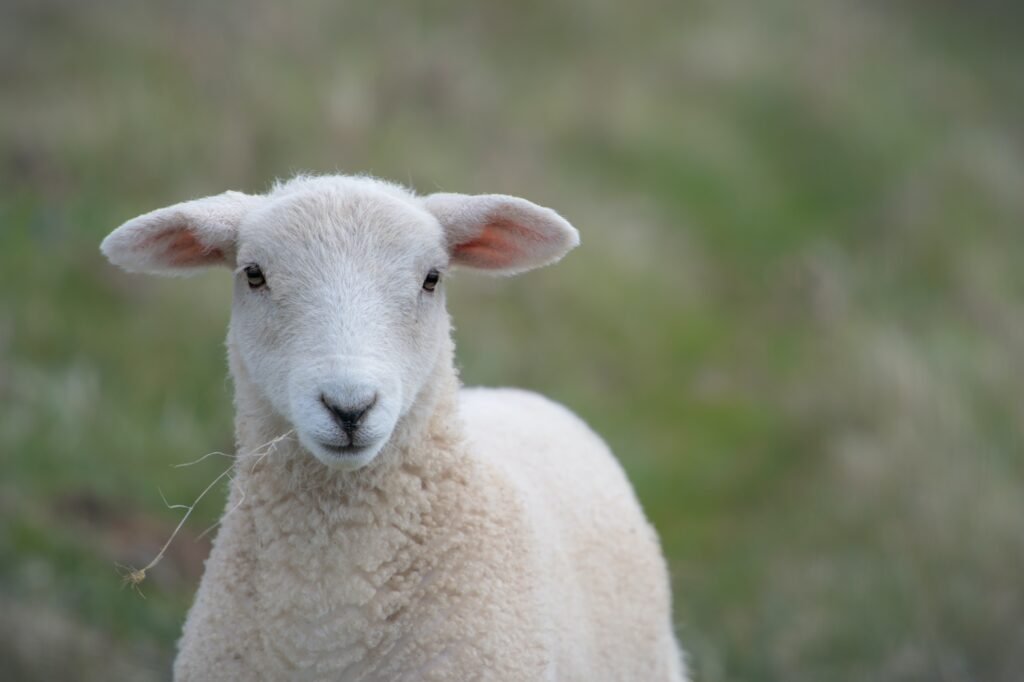
Cashmere
It’s expensive, it’s luxurious, it’s fancy, and it’s fabulous. Cashmere is not only super soft, but also lightweight, which makes for perfect fall weather clothing and comfortable bedding. While other kinds of wool are sheathed, cashmere has to be combed from the Cashmere goat, which makes it very rare. A single goat produces about 150 grams of cashmere wool, so imagine two goats to make around one sweater and more for a jacket. Although it’s expensive, it’s still a very fine fabric and one that is worth the price.
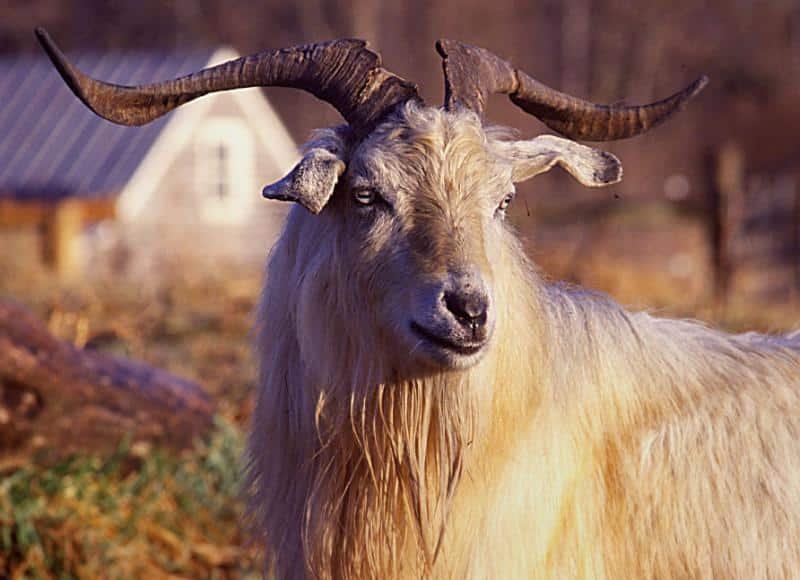
Merino
Merino is perhaps the finest and softest wool that comes from sheep. Mostly used for very expensive clothing and athletic attire, it can regulate temperature at different degrees, and it’s perfect for direct contact with skin as it is very delicate and non-irritating. Merino is expensive due its intensive scouring process where it loses half of its yield while washing. The wool comes from the Spanish Merino sheep, though it mostly comes from Australia and New Zealand now where the majority of breeds and sheep are located.
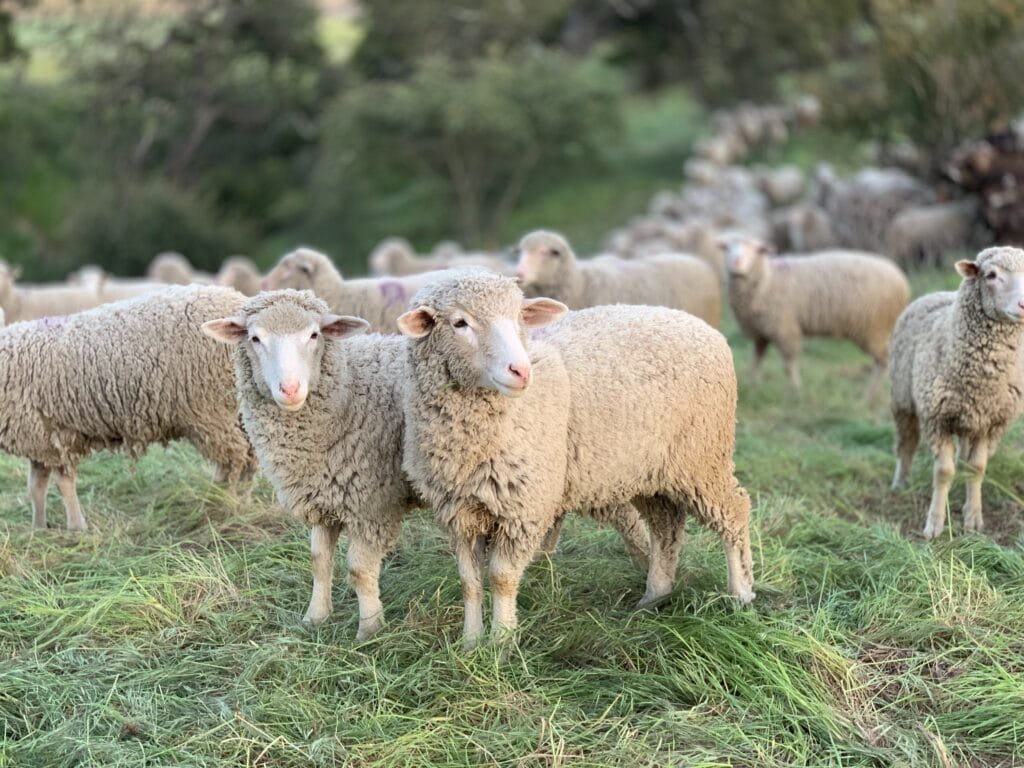
Angora
Another non-sheep wool, Angora comes from the Angora rabbits (Not the Angora goats. Yes, it’s very confusing). It is perhaps the lightest natural fiber, and its softness and warmth come from the fact that the fibers and hollowed inside. It’s also highly absorbent.
However, due to its ultra-delicate nature and its fragility, the fiber is mixed with other fibers to increase its durability and strength. The wool is not cheap, as the rabbits need special breeders to comb them every single day (Who wouldn’t want to be a rabbit comber?). Unlike the cashmere goats, though, 400 grams of Angora can be combed from a single rabbit over the course of a year.

The worlds fluffiest bunny
Mohair
Produced by the Angora goat (Not the rabbit, yes, again…), Mohair is notable for its strength and durability as the topcoat hairs and the undercoat hairs are mixed together in the sheathing process. It’s lightweight and insulating, thus mostly used in suits, dresses, and scarves.
It has an identifiable fuzzy look, with the fibers longer than the average wool fiber, while still retaining enough smoothness to not feel coarse. 3 kilos of wool are yielded from one goat a year, so it’s more available the price, while still high, is more reasonable.
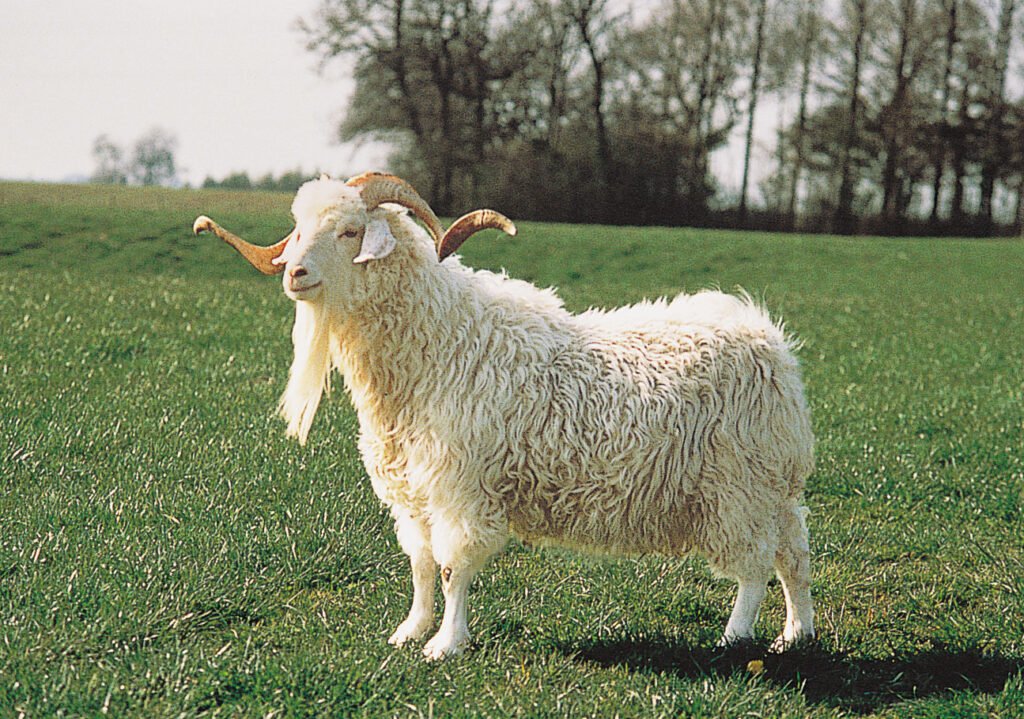
Camel
Neither goat nor sheep nor rabbit, this time it’s a camel! Mostly coming from Russia, China, and Mongolia, camel wool was popularised in the U.S by Polo players and it has spread all over the world.
Its natural dark golden color gives it an edge when it comes to look, and it’s insulation properties make it ideal for clothes. These days, it’s used for clothes, carpets, and upholstery. Its affordable price is owed to mixing it with other types of wool, which is also necessary for softness. Though it can wear out easily, it’s still a highly important and distinct kind of fabric.
